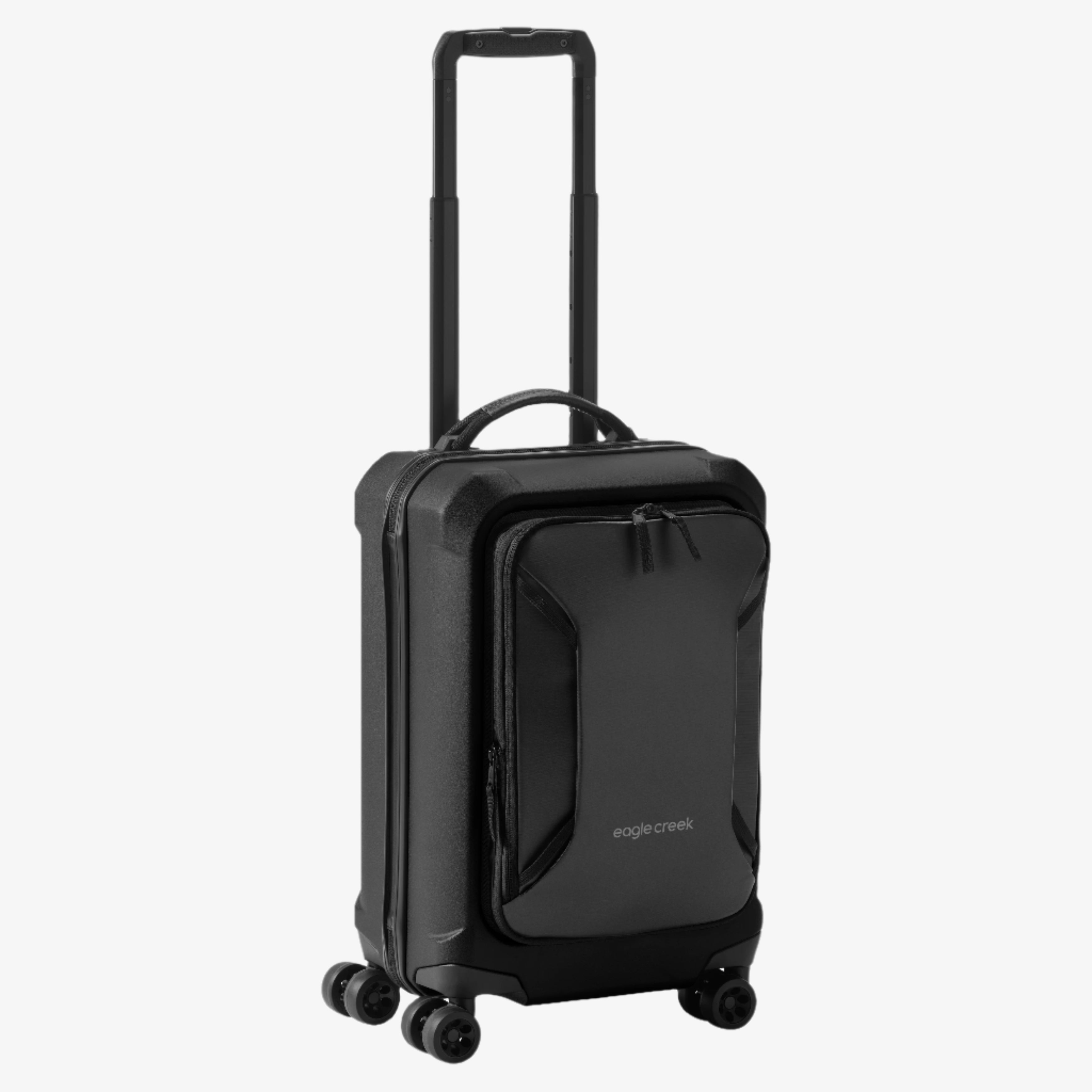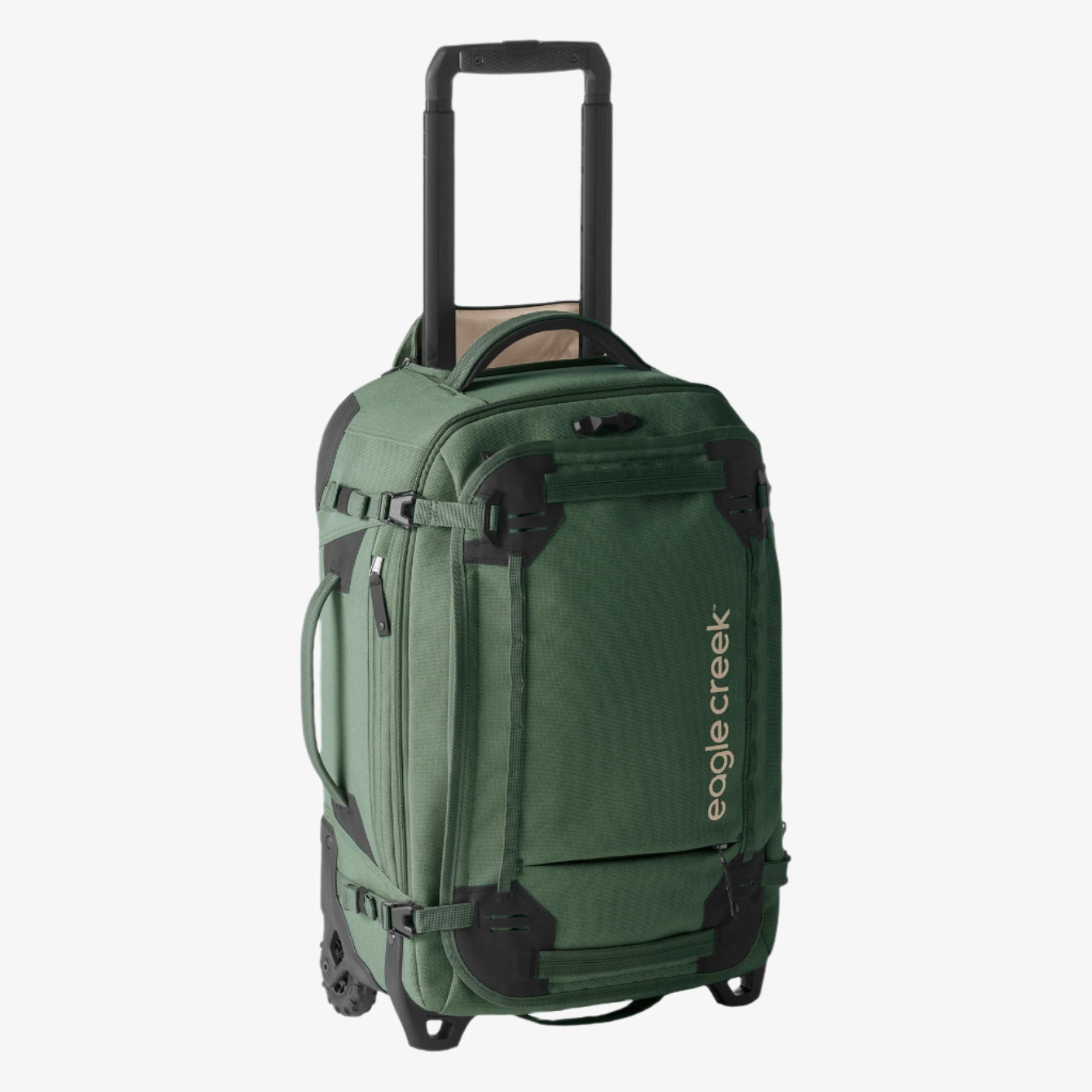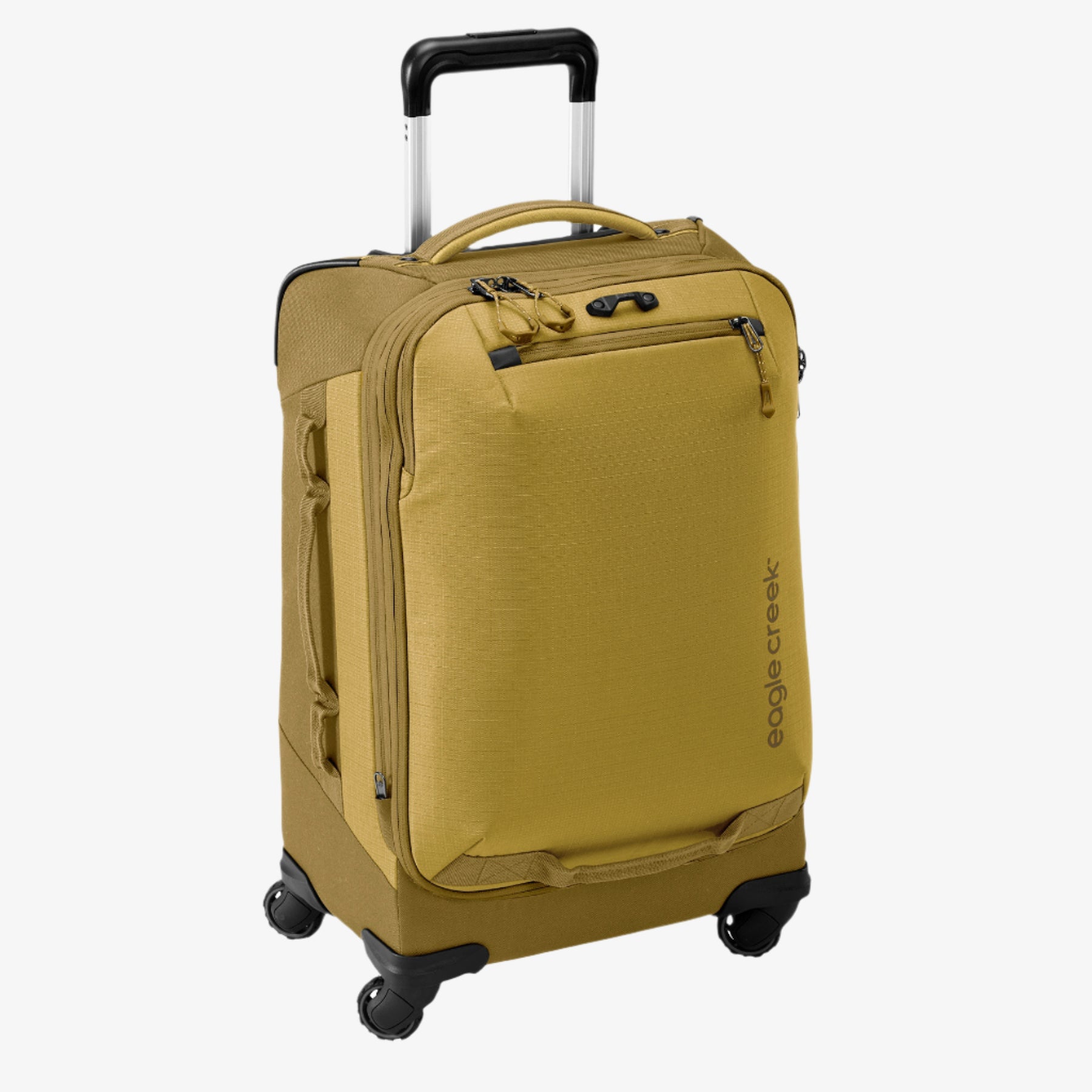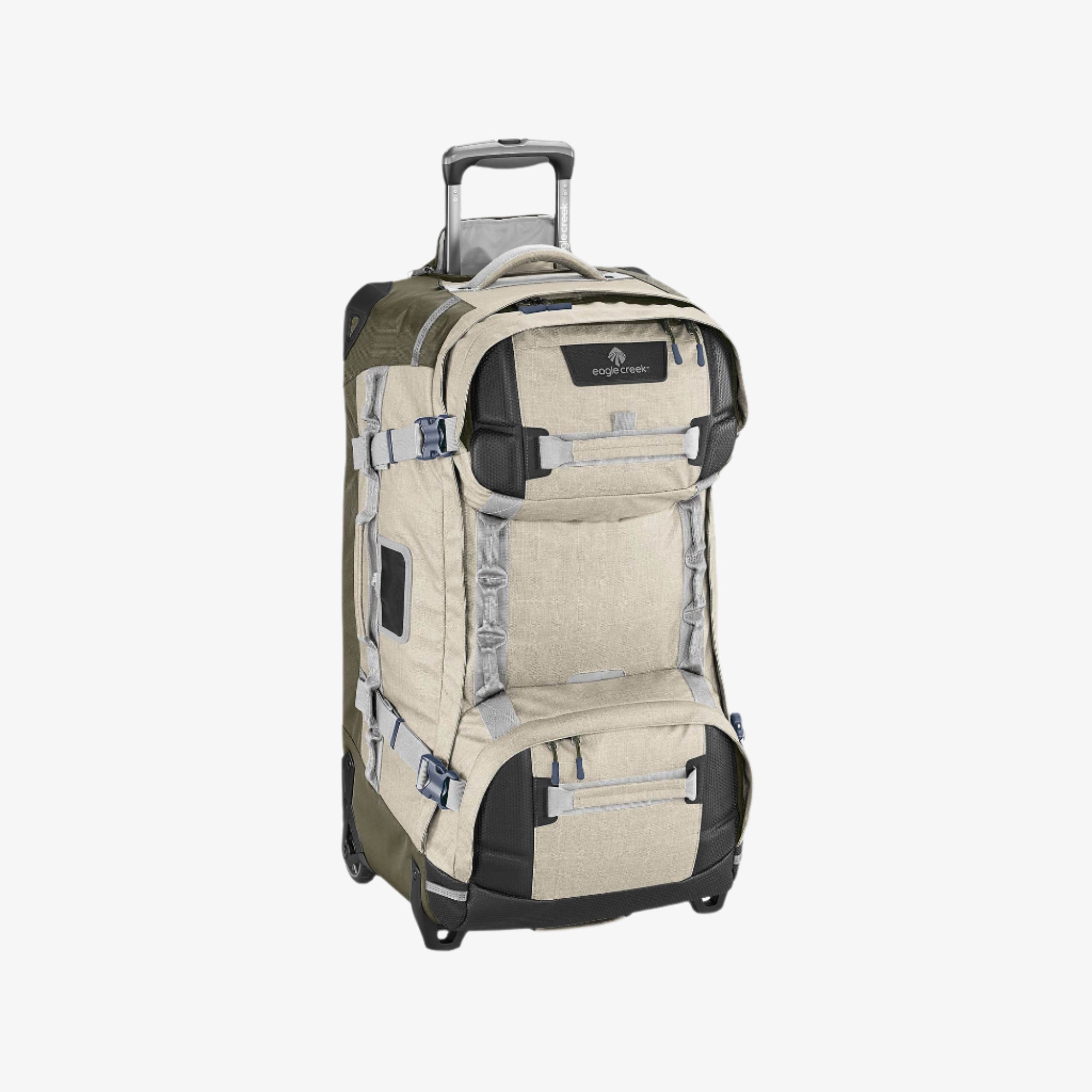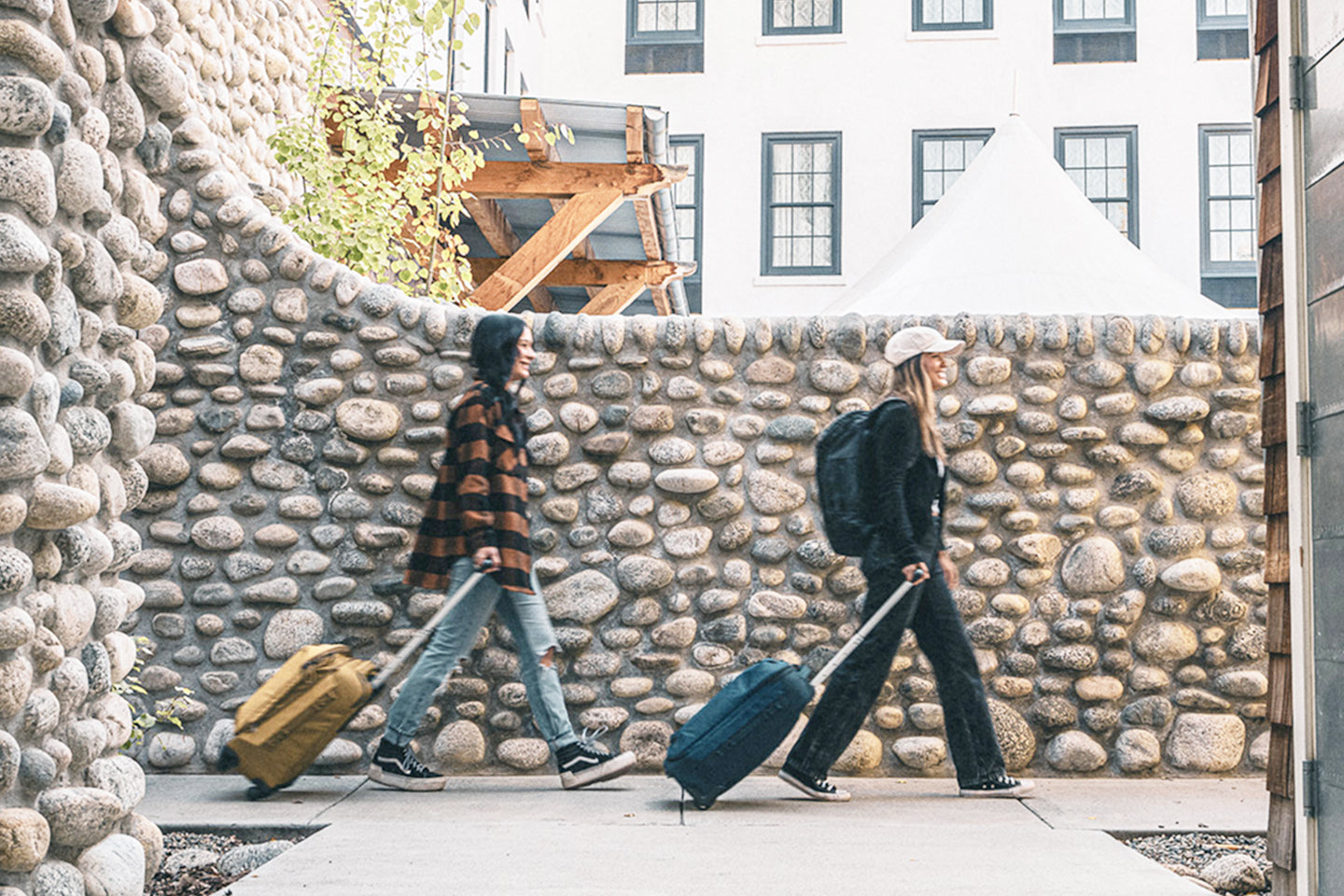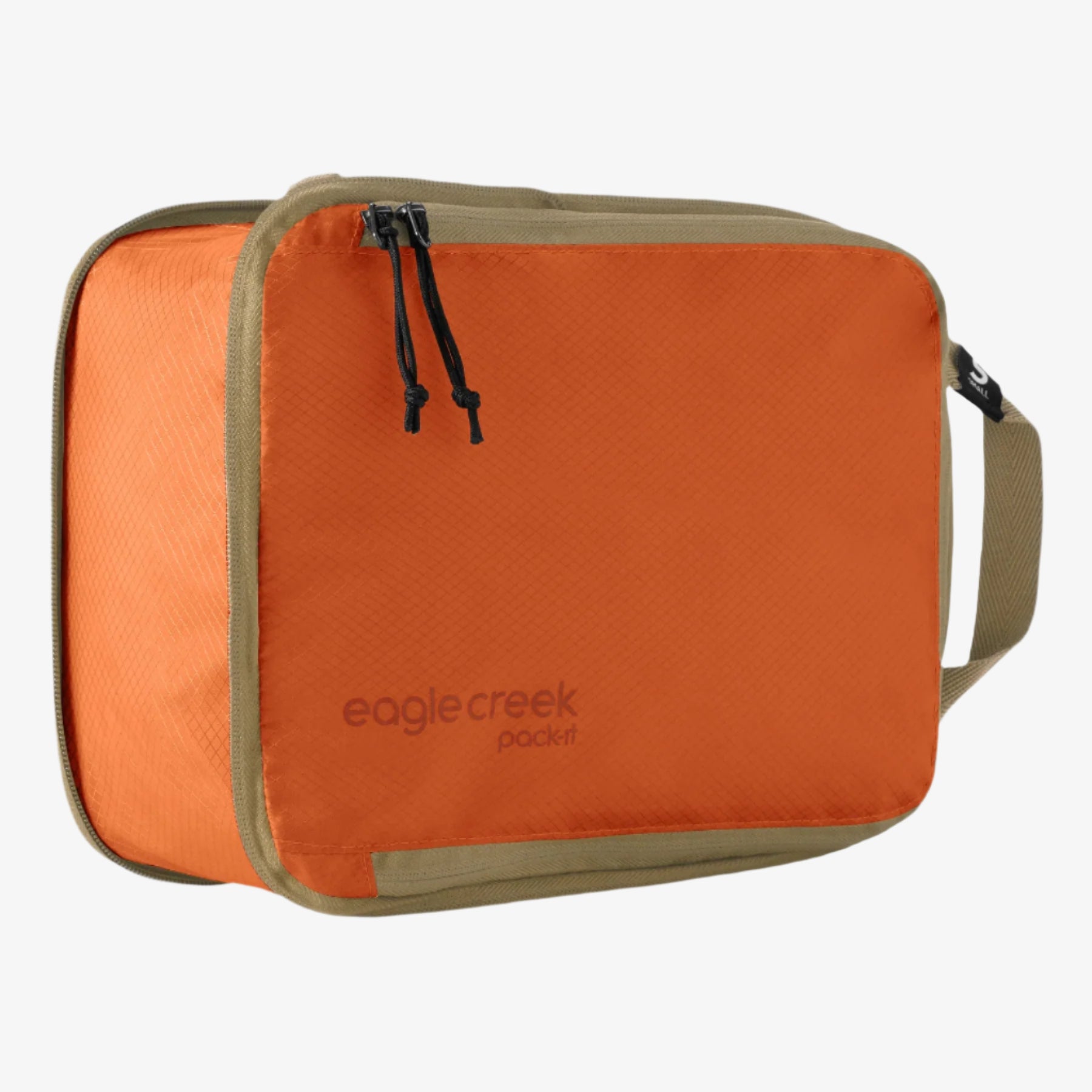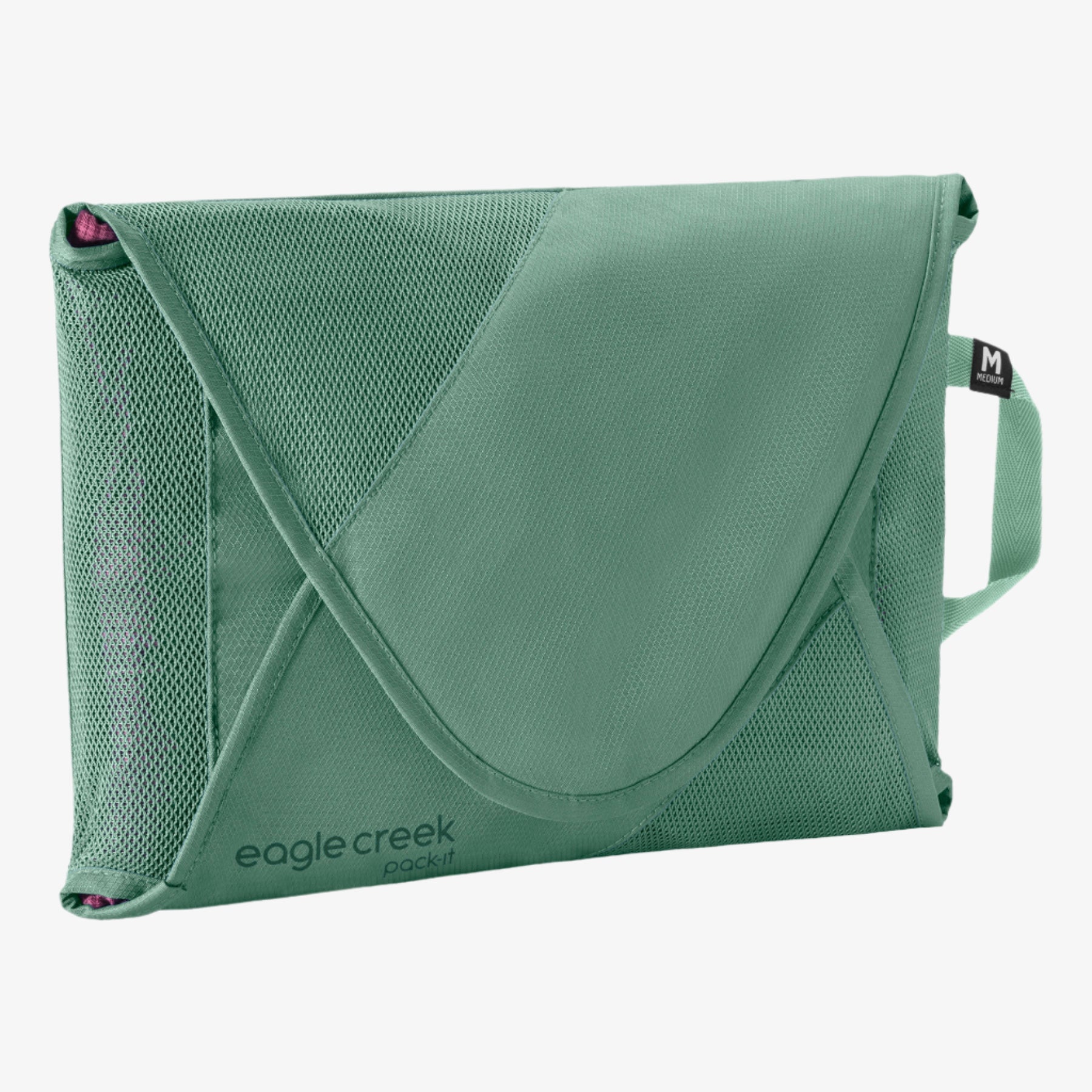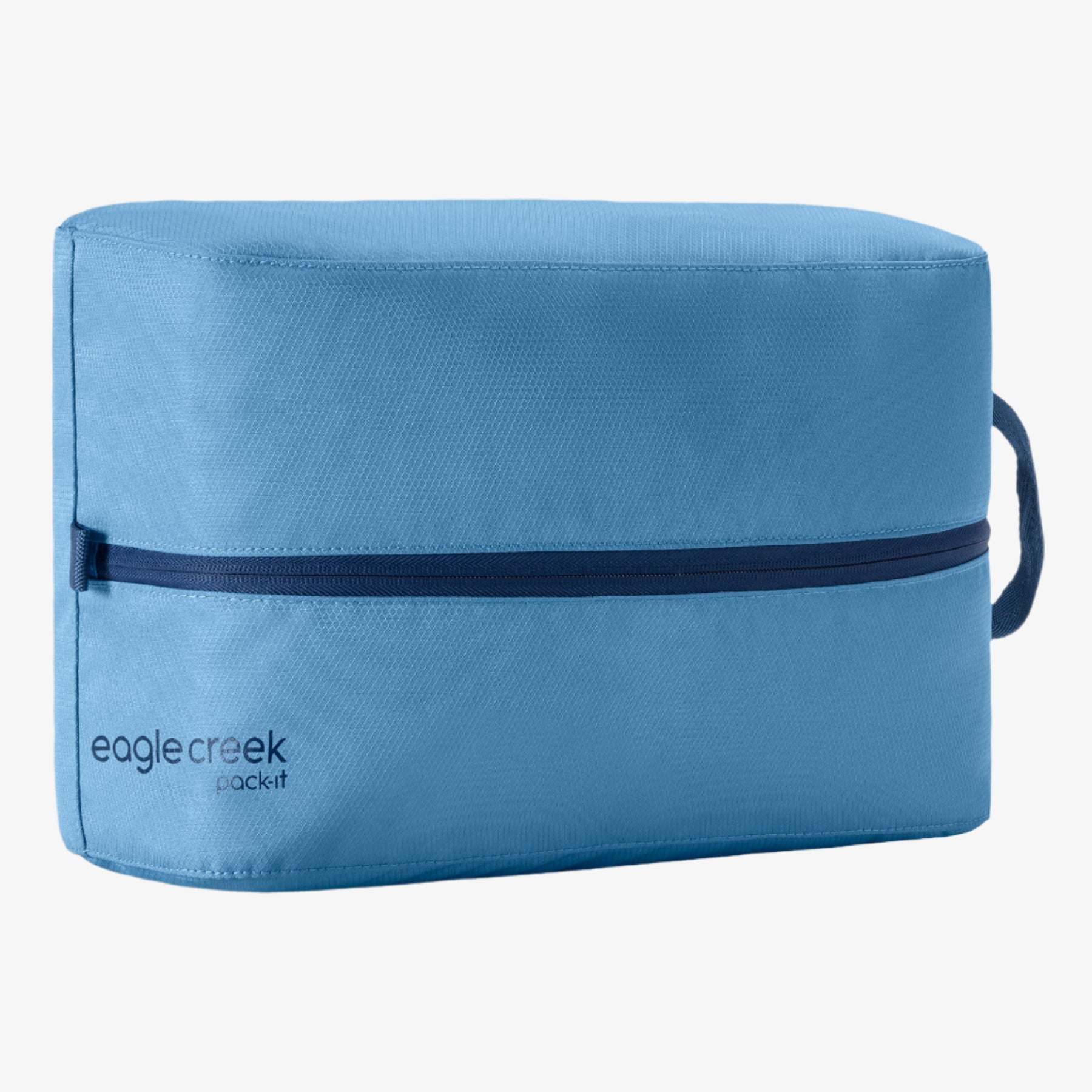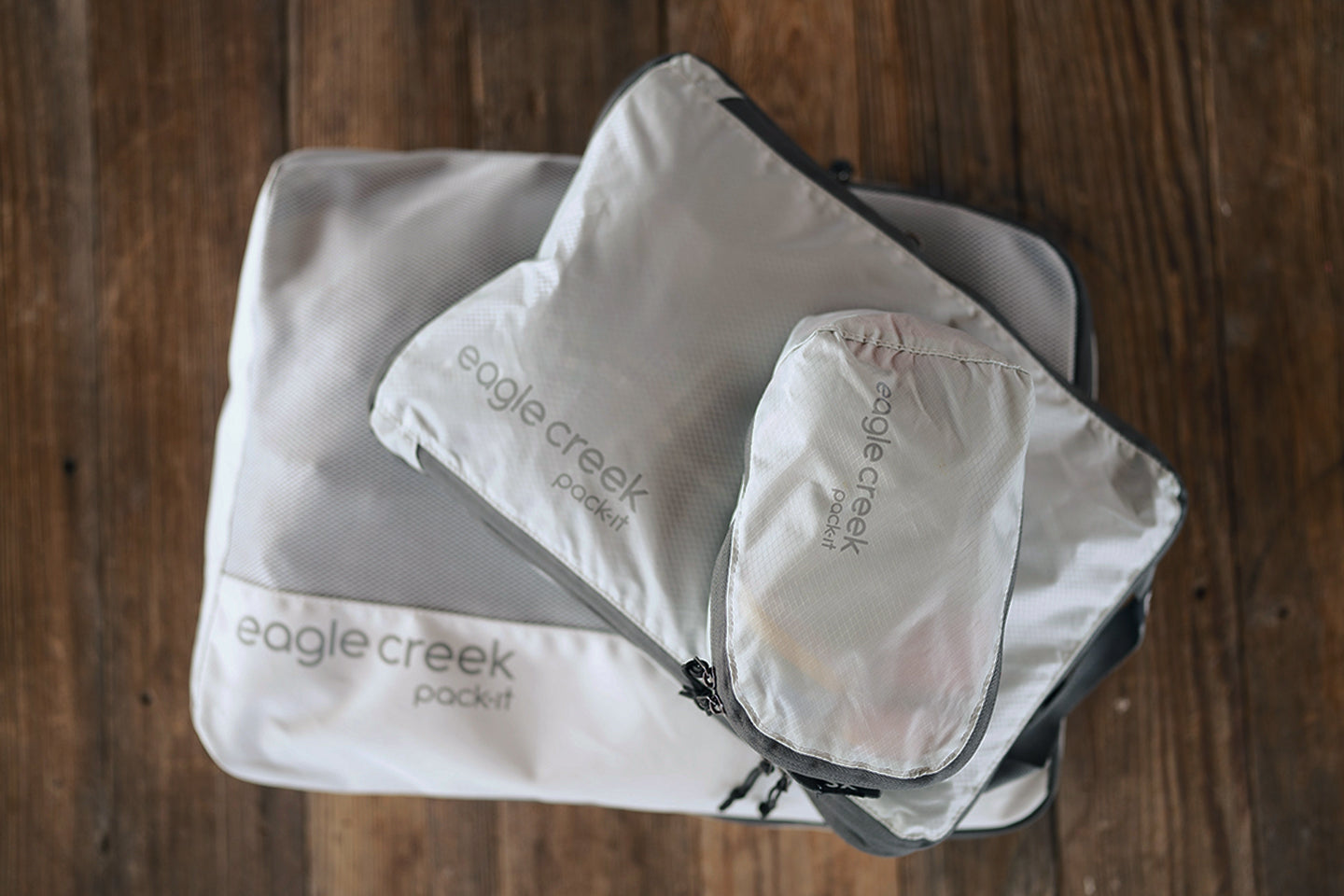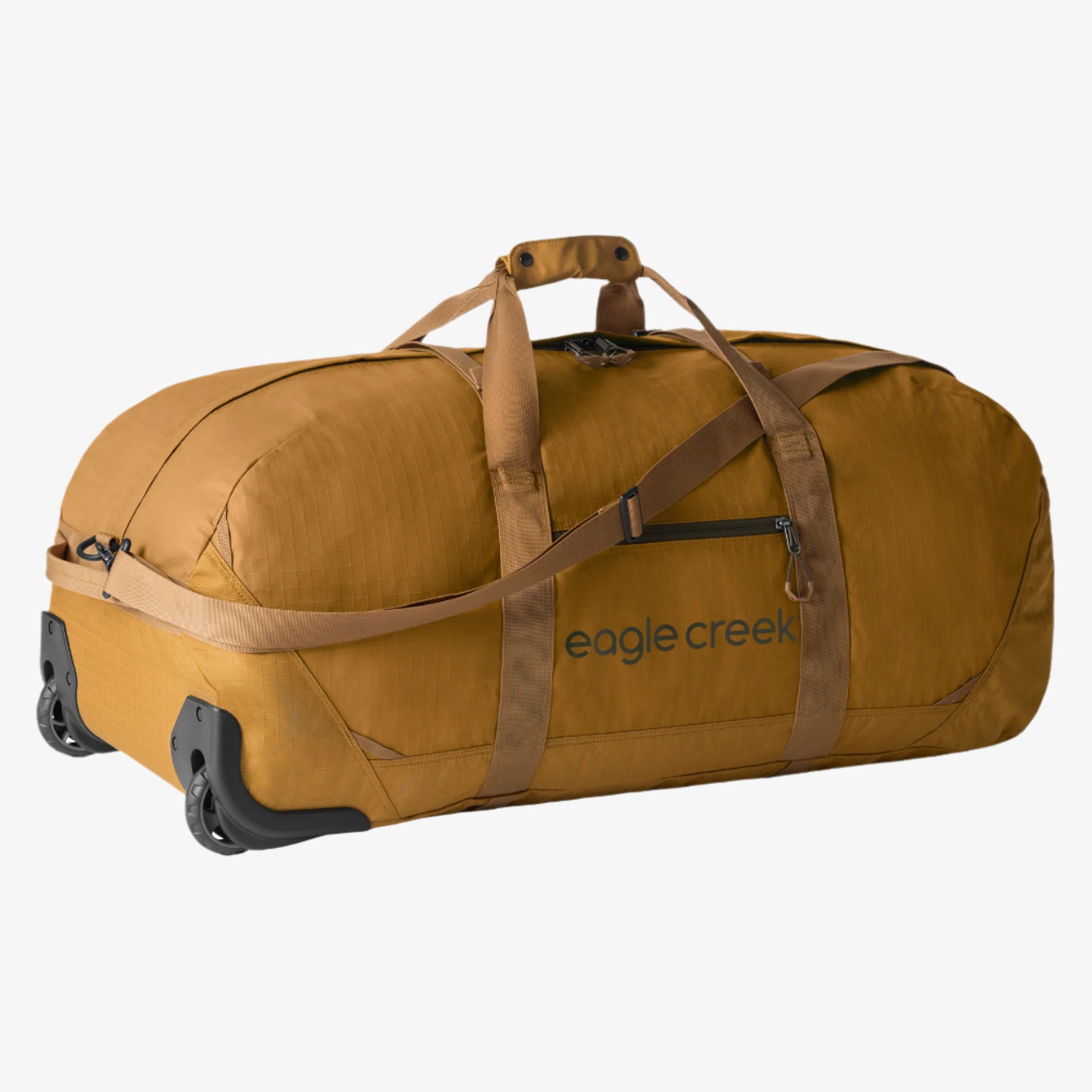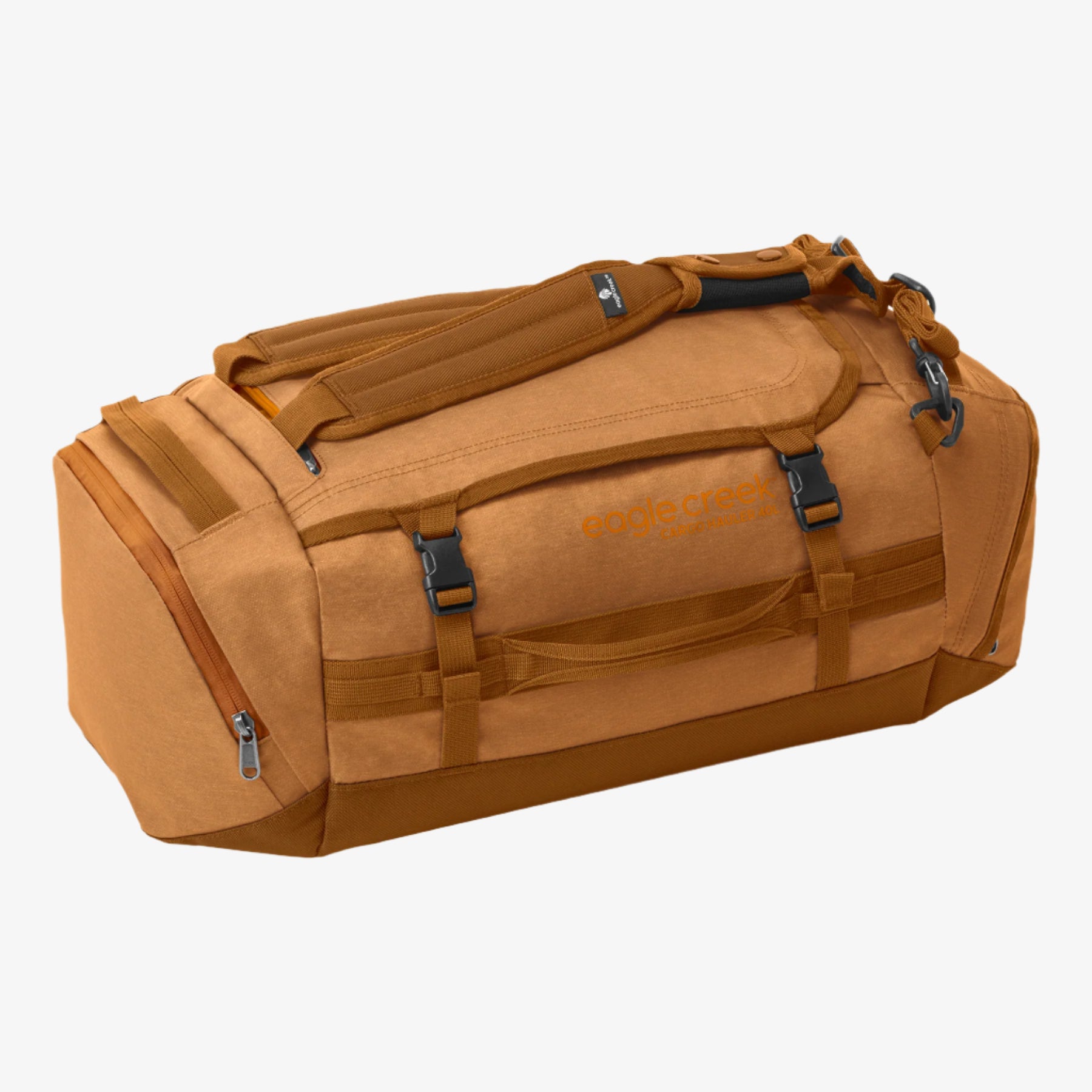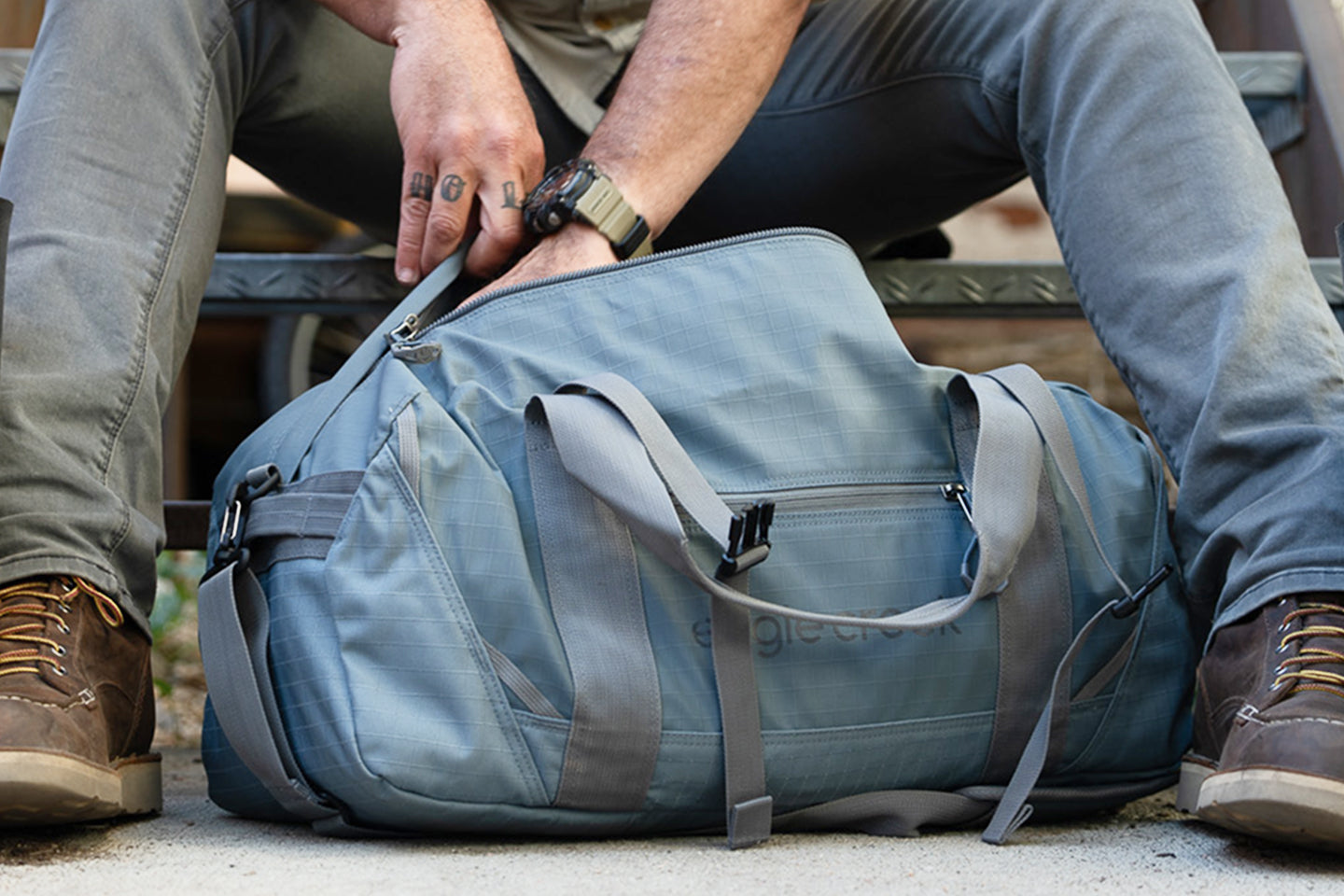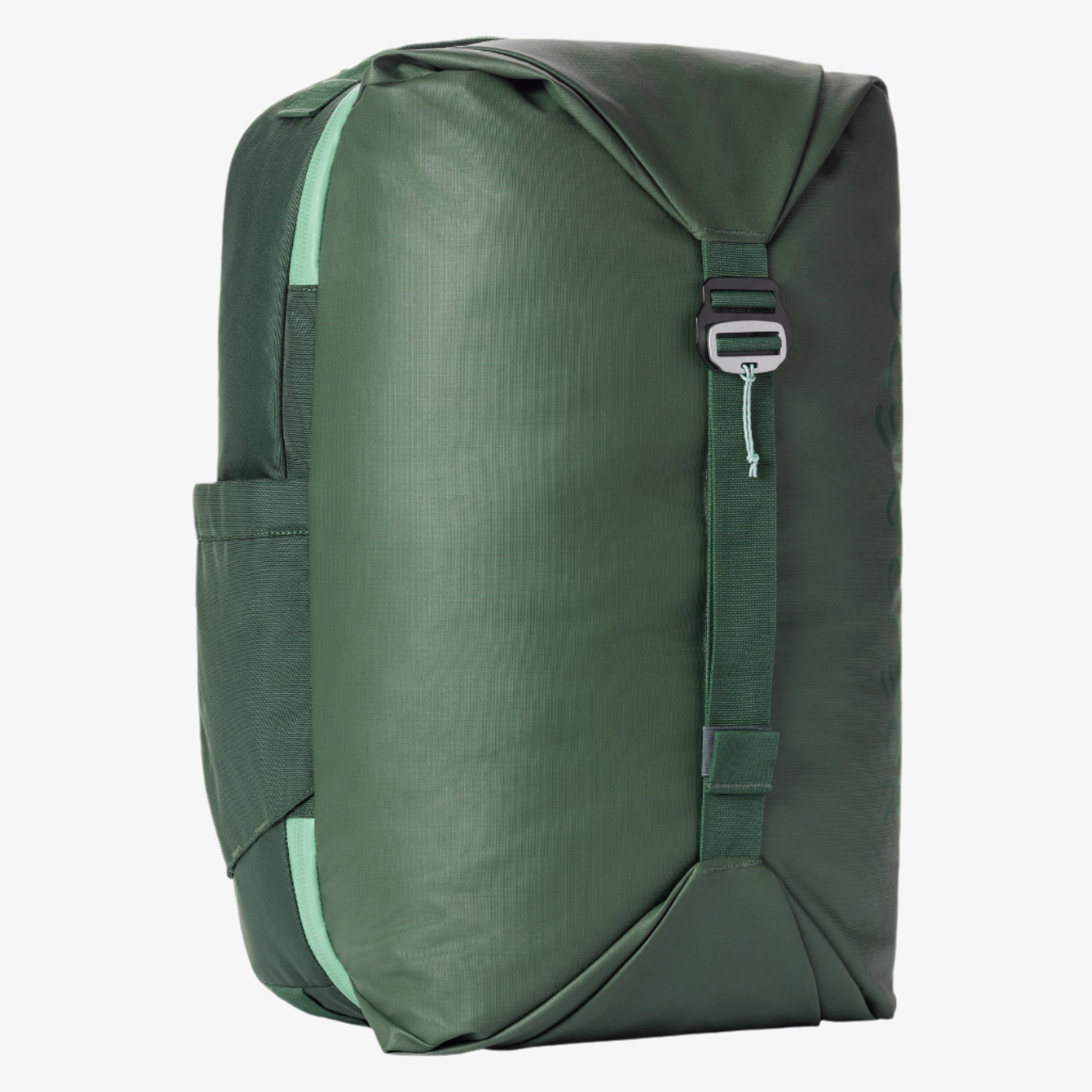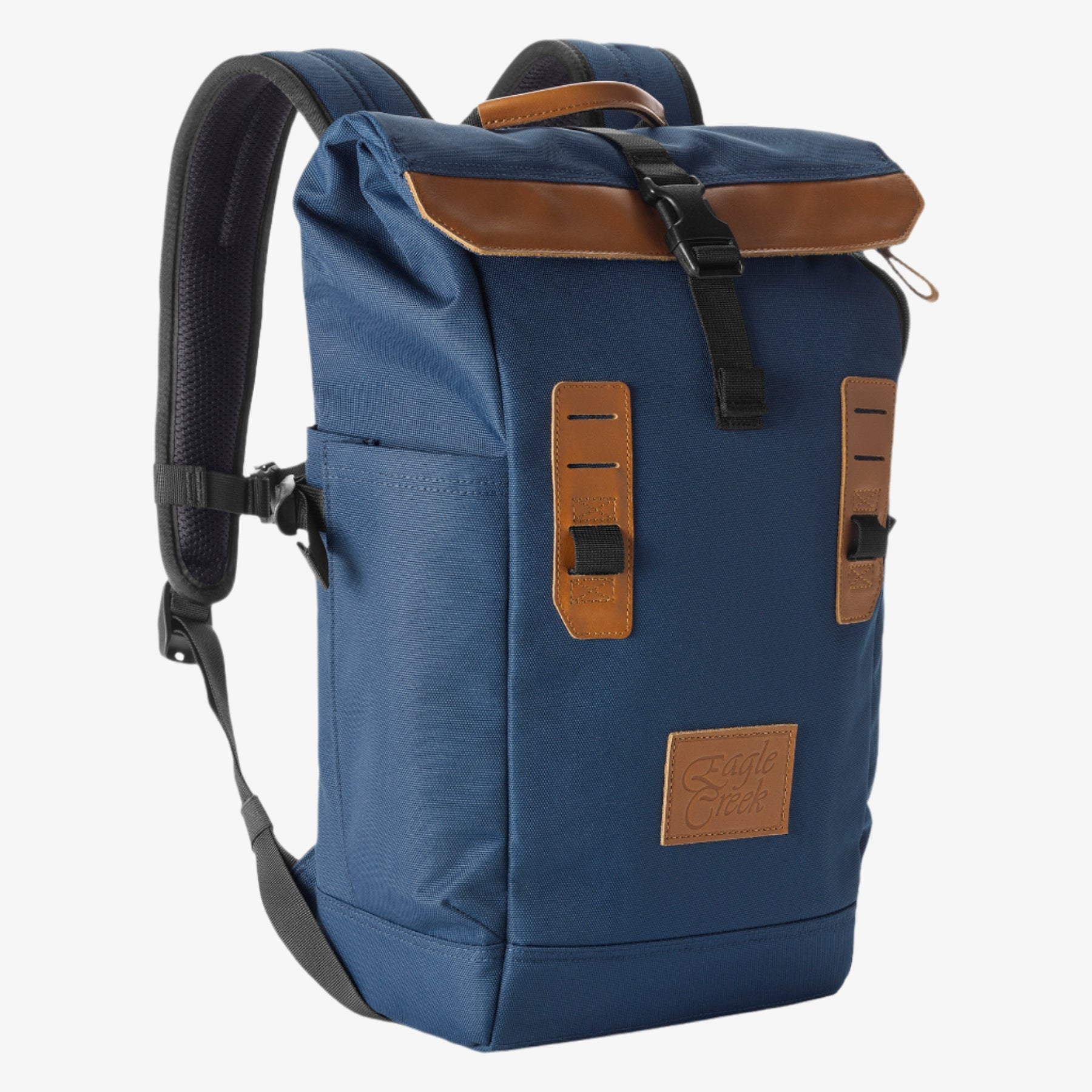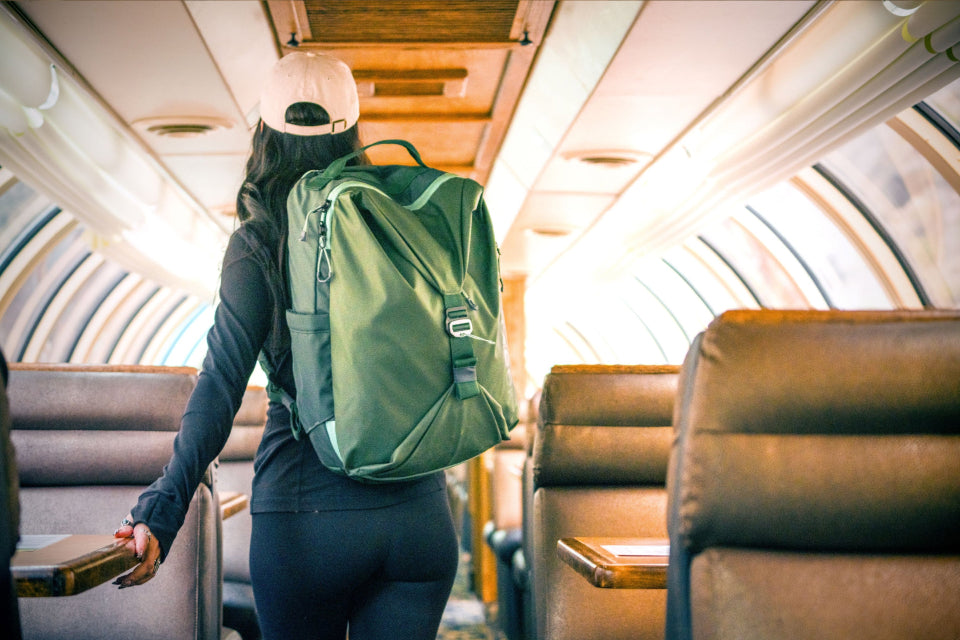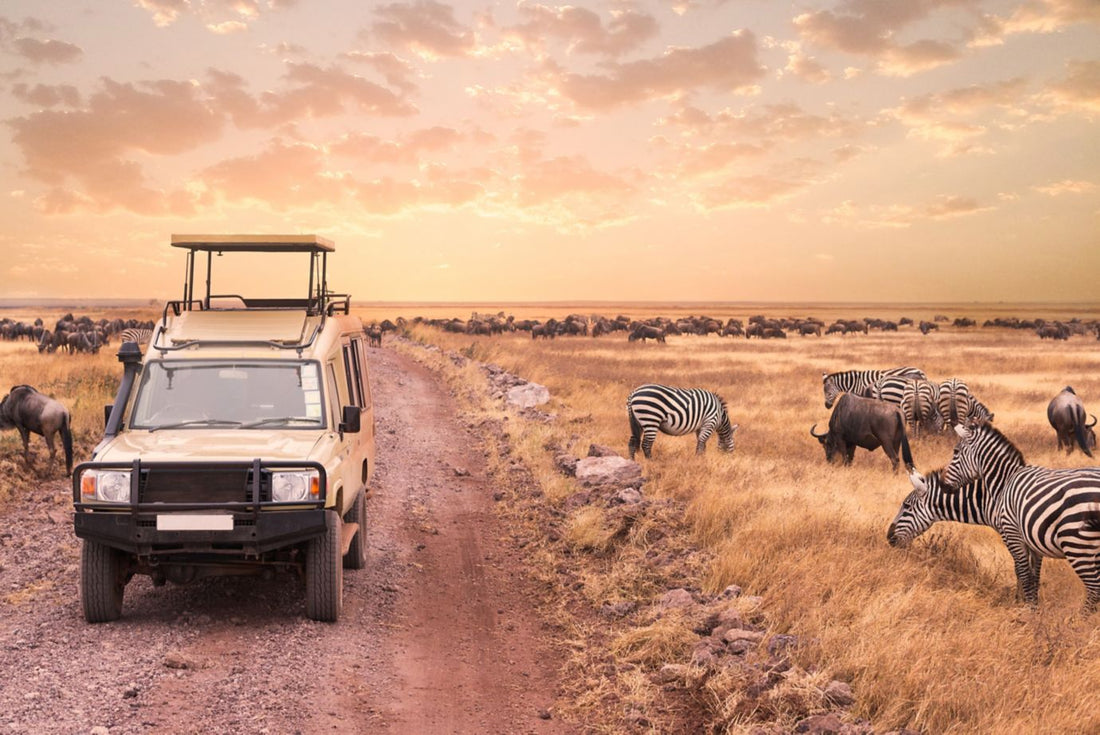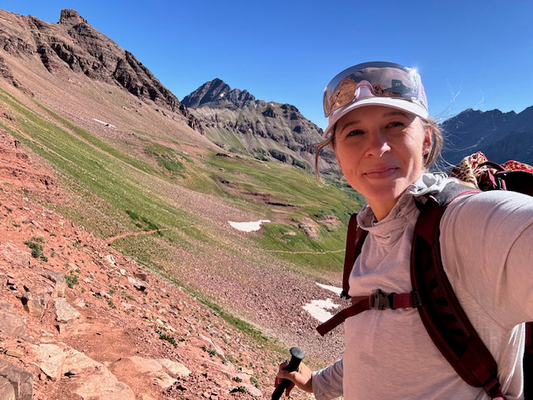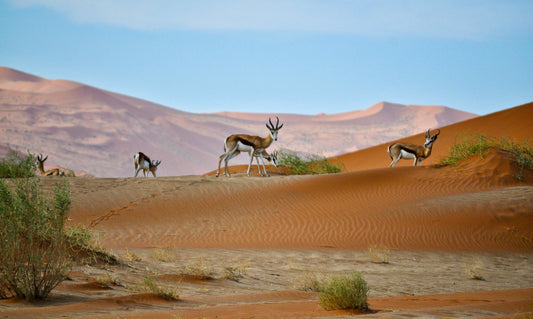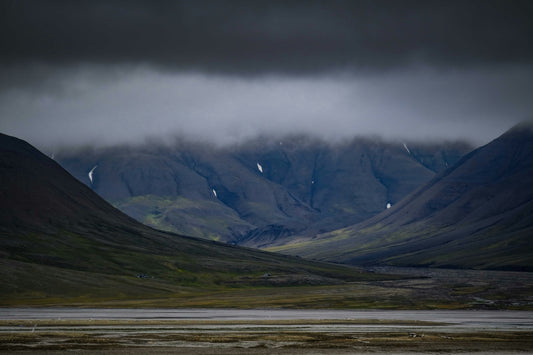
I ventured out on safari in Africa, and it changed my life. In witnessing the way similarities in animal life echo human life, I felt connected to the natural world. I fell in love with the humble zebra, witnessed the pace of life on the Masai Mara, and discovered my Kenyan safari was an adventure that would forever change my life.
The Dixie Chicks may have been onto something with their quest for wide open spaces, though we’d argue that in the 50,000 years since we’ve left the African grasslands, those untouched spaces are harder and harder to find, particularly in the U.S. While they do exist—our National Parks have always been what makes America great, and Lapland is rightfully known as the last true wilderness of Europe—you’d be hard-pressed to find a more transcendent landscape than the grasslands of East Africa, Kenya to be specific.
May we suggest the savanna surrounding Mt. Kenya? Or perhaps the open fields of the Maasai Mara. Both are easily visited in a single trip, and each destination is breathtakingly gorgeous, and wild, and free.
For the true nature-lover, nothing compares to the Maasai Mara (which means “spotted plains,” as opposed to the endless plains of the nearby Serengeti in Tanzania). The acacia trees on the savannah are more than worth their scattered interruptions along the horizon, especially when you spot a giraffe nibbling its leaves.
Kenya is where we first became human, where mankind developed, and—to me—it was the place I needed to visit to feel human again. Only, I didn’t know that would be the outcome, of course. I was most excited by the lions. But, in life, as in travel—some surprises were in store. Chief of which: I have unabashedly basic taste in animals.
My favorites weren’t lions or elephants, but the zebras. To me, they were so majestic, yet so relatable: Fat, snacking constantly, they resembled striped donkeys.
Zebras were also the most social animals in the Mara. One game drive at the Fairmont Mara Safari Club, we chanced upon a group “Netflix and chill” session in the middle of the plains: a horde of zebras, warthogs, and wildebeest were hanging out together in the middle of the afternoon for no apparent reason. There was no food nearby, they weren’t running from anything, they just were enjoying each other’s company. I spotted a zebra napping with a pair of baby warthogs (“lion sausages” according to Kepha, my guide) underneath an acacia tree.
When a giraffe approached to snack on the acacia leaves, the zebra looked up once and fell asleep again. In the immortal words of Kepha: “Zebras are cool with everyone”.
Also relatable? Warthogs. "Pumba" is Swahili for “something that’s stupid” because these animals are so forgetful—they will run from a lion, then forget they’re being chased, slow down for a snack or a nap…and get eaten. Warthogs: They’re just like us.
Even amongst all the elephants of Ol Pejeta Conservancy, all of the majestic wildlife couldn’t distract me from my one true love—the animal my safari guide, Kepha, teasingly denounced as “the common zebra.”
Upon closer inspection—it’s true! Zebras are merely donkeys in war paint—and I love them all the more for it. All of the giraffes and lions and hippos of East Africa couldn’t distract me from my beloved grass-eater, content to spend his days napping beneath an acacia tree with 40 of his closest friends, and maybe a baby warthog or a wildebeest too, for good measure.
On safari in the Mara with the Fairmont Mara Safari Club, I realized the animal kingdom really is like you and me. I watched a baby warthog nap next to a zebra. Why were they all hanging out together? Because they’re socializing. Also awe-inspiringly similar? The love lives of the wildlife. Their stories per species are equally eccentric.
The tiny antelope known as a dik-dik mates for life. They commit suicide if their partners die, à la furry Romeos and Juliets. Female lions, like many overworked modern women, only elect to have sex once every two years. They entertain their male lovers repeatedly until they get pregnant. The moment they do, the men are again shunned.
“They are the laziest animals in the savannah,” my safari guide informed me. So, male lions get all the glory, (and that fabulous hair), but the women are really doing most of the work. Preach.
Cape buffalo men, alternately, rule a herd of women—literally: one man, and hundreds of females, grazing in a pasture. It’s literally what people think of when they think of NYC dating. That is, it’s one man and his women until he grows too old, and a younger man replaces him. He is then banished across the plains to spend the rest of his living days alone. Kepha called the old bachelors “The Generals”, and sometimes they’d band together, like I imagine Jack Nicholson and (maybe one day) Leonardo DiCaprio would, in a Hollywood bar. Only instead of trading war stories, they’re plotting on how to save themselves from a lion attack.
But, you don’t need tosave endless amounts of money to experience the adventure of a lifetime (this one and the next). It’s never been easier to travel to Africa, thanks to the just-launched direct flight between New York City and Nairobi, operated by none other than Kenya Airways. Who else could be responsible in ushering in such a momentous connection between our two countries but the airline known as “The Pride of Africa”—which has the words “Maasai Mara” painted on the plane, in red, of course.
The best time to travel on safari is summer or fall, during the dry season of June to October. The landscape changes drastically from the bright greens of summer to the burnt gold of fall—both are breathtaking. Note: Hard-shell luggage is often forbidden on many Safarilink planes, so opt for a durable duffel or sturdy backpack instead.
You will want to pack light, given the weight restriction on the planes, and the fact that you’ll want room in your suitcase for souvenirs. We recommend streamlining your belongings with toiletry sets and packing cubes. But even if you think you packed light, you may want to still bring an extra packable bag (and excess cash) for jewelry and scarves when in the Mara. (Full disclosure: I’m wearing a Kenyan headband as I type this, and it’s the best $5 purchase I’ve ever made).
But the most lasting memento of all, of course, is my newfound understanding of the natural world, and my own (relatively miniscule) place within its universe. It’s the circle of life, after all.
So, now there are no excuses: If you’ve dreamed of going on safari in Kenya, there’s never been a better time to book your flight to Nairobi. The grasslands of East Africa are waiting for you (as are all the lions and giraffes and zebras within it), so take the leap and Find Your Unknown .
Related Links (from Eagle Creek blog):
Unknown Found: Into the Wild on the Island of Kauai
Unknown Found: I Discovered A Different Culture On A Desert Safari In Jordan
